|
Thanksgiving is fast approaching and for those who are hosting family and friends, it is a busy time of finalizing menus, shopping and perhaps selecting wines to pair with a variety of dishes. Since sparkling wines, roses, whites and many reds pair well with turkey and traditional side dishes, the possibilities of what to select might seem daunting. It all boils down to personal preference. However, a good rule of thumb in choosing a red is to look for mild tannins and moderate acidity. The trick is to enhance the meal…not overpower it. I recently tasted Bila–Haut’s 2016 “Les Vignes” Rouge and “Les Vignes” Blanc, both great wines to open at Thanksgiving. I have written about Domaine Bila-Haut and winemaker, Michel Chapoutier in previous stories. 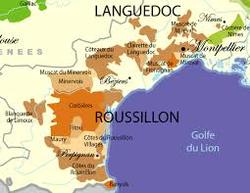 To recapitulate: Domaine Bila-Haut is located in the region of Côtes de Roussillon, Languedoc, a wine region known for making top quality wines. It is in Southwest France, and very close to Spain. Michel Chapoutier is a fourth-generation oenologist and head of Maison M. Chapoutier. He is world-renowned and one of Rhône’s most famous wine producers of Hermitage, Chateauneuf du Pape and Côte Rôtie to name just a few. Chapoutier purchased the 190-acre Domaine Bila-Haut in 1999. It was a neglected property but showed promise with the land being a mix of schist, gneiss and clay. With Chapoutier’s knowledge, expertise and passion along with the climate of the Mediterranean, he turned the land into a perfect growing environment for Syrah, Grenache and Carignan. Bila-Haut wines reflect all of this. Les Vignes de Bila-Haut Rouge is exquisite. This Syrah-dominated wine is blended with Grenache and Carignan. The color is royal purple with concentrated aromas of dark berries, spice, herbs and a pleasant earthiness. The palate is layered with dark cherries, plum, blackberry, spice, pepper and chocolate. The wine is medium-bodied with mild tannins and a long finish of berries and spice dancing on the palate. This is a wine that can be savored right through dessert. Alcohol: 14.5% SRP: $15 Les Vignes de Bila-Haut Blanc is a blend of Grenache Blanc, Grenache Gris, Vermentino and Macabeo. Michel Chapoutier has truly captured the essence of these varietals. The wine is very aromatic with saline notes, citrus, floral and green apples. The palate offers soft citrus and herbs. The wine is crisp, beautifully balanced and the finish offers a taste of lemon zest and the sea. Alcohol: 13.5% SRP: $15 To quote Chapoutier “I’m focused more on length and aftertaste than on the nose because the wine is meant to be married with food”. And I can assure you; these wines will complement a wide range of food! Have a great day!
Cheers! Penina To leave a comment or if you have an inquiry, please contact me at [email protected]  When I got the invitation to attend a seminar and walk around tasting of Texas wines, the first things that came to mind were cowboys, boots, the Alamo and rodeos. Wine was definitely not on my radar. However, after participating in an educational seminar and tasting some delicious wines, I’ve got a whole new outlook on Texas! Texas is the second largest U.S. state. To give you an idea of just how large it is, take a look at this map of Texas superimposed over an area of Europe. Texas is huge! However, only a small portion of the state is devoted to making wine. In fact, only about 1% of Texas land is suitable for growing grapes, but that area is larger than the total planted area of France! Texas wine production dates back to the 1650s when Franciscan priests planted vines for making sacramental wines. After prohibition ended, Texas didn’t see a resurgence in the wine industry until the 1970s. It is only in the last decade that Texas wine growers are truly seeing the “fruits of their labor” with improvements in quality and also winning numerous national and international medals and awards. The numbers of visitors on the main Texas wine trail rank second as the most popular wine route in the U.S. The two major growing regions in Texas are Texas High Plains and Texas Hill Country. Texas High Plains AVA (American Viticultural Area) is the second largest AVA in Texas and is located in the northwest region of the state where 75% of the state’s grapes are grown. There are approximately 5000 to 6000 acres currently under vine. Over forty varieties of grape are planted at 2,500 to 4000 ft. above sea level in soils of sandy loess over caliche (limestone). The climate is continental with low humidity. Texas Hill Country AVA is located mid-state and is the largest AVA in the state with over sixty producing wineries and is considered the center for Texas wine industry. Of the nine million acres in this area, approximately 800 acres are planted vineyards. The climate is humid and more subtropical during the growing season so fewer vineyards exist here. The soil is mostly limestone but there is lots of rocky soil as well. The Texas Wine Trail is here and tourism is growing in leaps and bounds. Grape varieties abound such as Cabernet Sauvignon, Chardonnay, Merlot, Syrah, Tempranillo, Sangiovese, Riesling, Picpoul, Viognier and Souzão. I tasted single-varietal and blended wines from fourteen wineries that were represented at the event. Speaking in generalities, the red wines from the High Plains have concentrated flavors with soft to medium tannins. The whites are quite aromatic with delicate flavors and low acidity. Reds from the Hill Country tend to be a bit more tannic, but I find they also have more depth. The whites are aromatic with nice minerality. The wines of Texas are impressive. All the owners and winemakers that I met transferred their enthusiasm to me when describing their wine. As I was told at the seminar, “making wine started as a ‘lifestyle’ for many, but now it is their ‘life’s passion”. And it truly shows! I look forward to visiting Texas Wine Country soon. Here are links to the 14 wineries. I encourage you to explore, read their stories and hopefully order a bottle or two or three of wine. At a later date, I’ll go into more depth on some of the wineries and review their wines as well. www.barzwines.com www.bendingbranchwinery.com www.edenhill.com www.fcv.com www.hilmywine.com www.lewiswines.com www.llanowine.com www.losdrawcellars.com www.messinahof.com www.pedernalescellars.com www.spicewoodvineyards.com www.weddingoakwinery.com www.westcavecellars.com www.williamchriswines.com So, the next time someone mentions Texas to me, I can assure you that ‘wine’ will be the first thing that comes to my mind!
Cheers! Penina To leave a comment or if you have an inquiry, please contact me at [email protected] 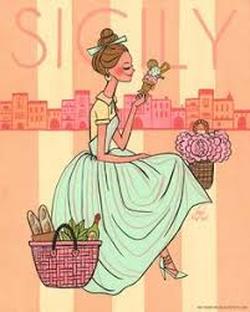 The other evening I had a craving for pasta along with the desire to be back in Sicily. To satisfy my appetite, I made delicious spicy butternut squash pasta. However, flying to Sicily was not negotiable. So I did the next best thing and opened a bottle of Sicilian wine! The pour was a 2015 Fondo Antico Nero d’Avola. I have reviewed several varieties of wine from Fondo Antico which was established in 1995 and is owned by the Polizzotti-Scuderi family, now in its sixth generation of winemaking. Indigenous to Sicily, Nero d’Avola is the most important and widely planted red grape in Sicily. It is known for its high tannins, medium acidity and robust character. However, when grown at higher elevations with cooler temperatures, the result generally leads to a smoother wine. Fondo Antico grows Nero d’Avola 200 meters above sea level on fresh soil containing limestone and sand. The wine is refined in stainless steel tanks and then bottled. The result is a fresh and juicy wine. The color of the wine is dark ruby with aromas of fresh cherries, berries and spice. The palate offers red cherry, fresh red fruit, plum, spice and hints of chocolate and pepper on a lively finish. This is a full-bodied wine with smooth tannins and lots of versatility when it comes to pairing it with food. Needless to say, the wine was a perfect complement to the spicy pasta! Alcohol: 13.5% SRP: $12-$15 Now if I could just sneak off to Sicily for a bit!
Once upon a time when I lived in Florida, I would occasionally take road trips to visit other southeastern states. But for some reason, I never made it to Alabama. So, when the opportunity arose recently for me to take a press trip to Birmingham, Alabama, I was very excited. Through the gracious invitation of the Greater Birmingham Convention & Visitors Bureau, I and five other journalists were given an in-depth tour of this “magic city”. Our three-day trip “showered” our senses with southern style cuisine, culture, history and music. Our emotions ran from belly laughs to somber moments that brought tears to our eyes. Birmingham was founded in 1871 and is located at the foothills of the Appalachian Mountains. It was once a primary industrial center in the southern United States for mining iron ore, coal and limestone, the three main raw materials used for making steel, which was manufactured there. In addition, rails and railroad cars were also manufactured in Birmingham. Due to its enormous growth from 1881 through 1920, Birmingham was nicknamed the "The Magic City". And indeed, it is! Birmingham is the largest city in Alabama and today’s industry is focused on medical research, trade and finance. It has more green space per capita than any other city in the United States, stunning architecture, historical neighborhoods, over 500 restaurants ranging from world-class cuisine to “down and funky” and a significant place in history with the Civil Rights Movement. Birmingham is a warm and inviting city. Wherever I went I was always met with gracious southern hospitality. My home for several days was The Tutwiler Hampton Inn in downtown Birmingham. When I arrived at the hotel a wonderful bag of treats was waiting for me, a gift from my hosts. The Tutwiler is a National Historic Landmark adorned with original marble and ornamental ceilings from 1914. The rooms are spacious and the staff is always ready to please. Since I was the first to arrive and had a few hours to myself, I began exploring the city on foot. Birmingham is an interesting mixture of historic buildings and new high rises. There is a lot of renovation and restoration taking place. On my walk, I saw some impressive historical buildings such as the Masonic Temple Building built in 1922 and designed by two black architects, one of whom was the first black graduate from M.I.T in 1892. Just across the street from the Tutwiler is the Linn-Henley Library built in 1927, once the central library for the city before a new library was built across the road. Today, the Linn-Henley Library contains all historical research sources, rare books, maps and is a center for genealogical research. Walking tours are available for Birmingham’s historic buildings. Having worked up an appetite exploring a portion of the downtown area, I walked into a restaurant called “brick & tin”. Mauricio Papapietro, the owner, opened this restaurant in 2010 and uses only local and sustainable ingredients. The décor is quite interesting. The space was originally an old shoe store. Ceilings were opened up to expose more brick and church pews were brought in as part of the seating along one wall. The Tuscan Panini that I ordered was my first “taste” of Birmingham and I knew from the first bite that I was going to be experiencing an incredible food fest on this trip. When it comes to eating, the residents of Birmingham take it very seriously. Whether it’s Michelin star restaurants or casual local eateries and cafes, Birmingham has it all. And trust me, you will never go hungry; there is something for everyone. Our first night in Birmingham we were treated to a sumptuous dinner at The Highlands Bar and Grill. Owned by chef Frank Stitt, a nine-time James Beard Foundation finalist, this French-inspired southern style restaurant opened its doors in 1982. Chef Stitt is an Alabama native who not only has an award-winning restaurant, he has trained and inspired many chefs that have gone on to open their own restaurants in the Birmingham area. As with most of the restaurants in Birmingham, Chef Stitt uses locally sourced and sustainable ingredients. In addition to selecting our meals from the menu, Chef Stitt presented us with many appetizers and side dishes to taste. The Stone Ground Baked Grits were drool worthy! It was a heavenly introduction to the cuisine that Birmingham has to offer. And we were beginning to understand why our hosts told us to pack “loose” clothing. For the next several days, we were treated to extra side dishes and samples at every meal! Our first morning in Birmingham, we had breakfast at Trattoria Centrale. In addition to the traditional eggs and grits, they offer a breakfast pasta! It is quite an imaginative breakfast menu. The latte is probably the best that I’ve ever had! The Bogue's Restaurant was another breakfast stop for us. They opened their doors in 1938 and it’s a popular spot for locals. As the description says “it is stick to your ribs down-home cooking with old fashioned Southern hospitality”. Many Greeks immigrated to Alabama in the early 1900s influencing a blend of southern and Greek-style cooking. Greeks own many of the soul food, seafood and barbecue restaurants in Birmingham. We had a chance to sample this fare at Johnny’s Restaurant, Niki’s West and The Bright Star. Johnny’s and Niki’s West are owned by the same family, both offering Greek influence on southern favorites. Niki’s West is a large cafeteria-style restaurant offering 70 items at the steam table. I loved the collard greens! The Bright Star opened its doors in 1907 and is a 330-seat restaurant located in Bessemer, AL. The menu offers traditional southern fare as well as Greek style. The fried green tomatoes with gulf shrimp and cornmeal-fried oysters were amazing! As with all the restaurants we dined at, the food was fresh and service was A-One. One night we had dinner at Saw’s Soul Kitchen, a small down home space serving traditional southern dishes. I think we sampled most of the menu! All good! I couldn’t believe that I had room to taste their Banana Pudding, but was so happy I did! And if breakfast, lunch and dinner weren’t enough to sustain us, we were taken to the Pizitz Food Hall for dessert and cocktails one afternoon. Located in the old Pizitz department store, it is now a food court like no other. This is a collection of chef-inspired cuisine featuring a variety of concepts from restaurateurs. Our focus was the Waffle Works and cocktails. The menu speaks for itself. Think soul food and waffles… In addition to Waffle Works, there are presently 16 other food stalls representing cuisine from around the globe. In the middle of the court is a large bar called The Louis Bar, serving craft cocktails, local beers and wine. This stop was quite a treat! While in Birmingham we toured some well-known attractions, as well as a few unusual and out of the way places where tourists don’t usually go. Here are a few of the popular sites we visited. The Market at Pepper Place is Alabama’s largest weekly outdoor farmer’s market that opens every Saturday from 7 am to noon, rain or shine. It is also the largest outdoor market that I have ever seen! One can expect to see anywhere from 103 to 120 tents, but the area can accommodate up to 129 tents. Farmers of locally grown produce, flowers, food tables, hand crafts, clothing and jewelry can be found here…all Alabama made goods only! There are chef demonstrations and live music. Local restaurants buy their produce here. In fact, we happened to see Chef Stitt here! Pepper Place is open from mid-April through mid-December. Not to be missed! The Peanut Place founded in 1907, is located on a quaint cobblestone street. Aromas of roasting peanuts were floating out the door of this 1885 building when we arrived. There are two antique roasters that still work, one of which is 110 years old! All the peanuts are sourced from Virginia and I can attest that these roasted peanuts are yummy! If you like books, then Reed Books and Museum of Fond Memories is a must see. I love to wander through bookstores and this one truly tops the charts. Jim Reed, author and philosopher, has been in business for 37 years. He has collected and cataloged over 50,000 books, magazines, newspapers and posters, with an additional 250,000 items that are not cataloged! If you can’t find what you’re looking for, Jim will gladly help. I could have easily spent many hours there getting lost in such an eclectic inventory. The Vulcan Park and Museum is home to the world’s largest cast iron statue made with 100,000 pounds of Alabama iron and is 56 feet tall. Designed and sculpted by Giuseppe Moretti for the 1904 World’s Fair, Vulcan’s permanent home is atop Red Mountain overlooking the city of Birmingham. Vulcan is the god of fire and metals and symbolizes the city’s iron origins. Vulcan is quite impressive and the museum depicts a fascinating history of how it came to be. After dinner one evening we participated in a Birmingham Pedal Tour, a “pedal-powered bike party”. It was lots of fun and the laughter non-stop. This is a great way to tour the city, although our objective was to tour a few brewing companies. We worked off our dinner and enjoyed a little live music and some interesting beers. I highly recommend it! You don’t have to be a baseball fan to enjoy the Negro Southern League Museum. The museum tells the history of African-American baseball in America through the eyes of Birmingham. The museum has an incredible collection dating back to the 1800s that include, uniforms, bats, trophies and a hologram of Satchel Paige. I loved the chandelier in the main entrance that is made out of old baseball bats! As tired as we were at this “end of the day” visit, we all re-energized and enjoyed the magic of the museum. The most sobering, powerful and important part of the trip from my perspective was the day we spent taking the Civil Rights Tour. If you take a trip to Birmingham, visiting the Civil Rights District is a must. Our guide for the day was Barry McNealy who through his voice, we were able to relive it all. Our tour began with the 16th Street Baptist Church where on September 15th, 1963 a bomb exploded killing four African-American schoolgirls. We then toured the Kelly Ingram Park, a four-acre park that is adjacent to the 16th Street Baptist Church. As we walked through the park, Barry gave us a detailed presentation of the Civil Rights movement that was also depicted through sculptures and statues throughout the park. There are statues of “heroes” such as MLK and Reverend Fred Shuttlesworth. The Four Spirits sculpture honors the four girls that died in the 16th Street Baptist Church bombing. We visited the Historic Bethel Baptist Church, where Pastor Fred Shuttlesworth served from 1953 to 1961. And it was he who first reached out to Martin Luther King, Jr to please come to Birmingham. The church was bombed three times over a four year period, but miraculously no lives were lost and the building still stands. It is a National Historic Landmark as well as a National Register of Historic Places. While at the church we had the honor of meeting Pastor Thomas Wilder who has been leading the congregation since 1988. We also met Reggie Johnson, who grew up in the community and had many stories to share with us. Our Civil Rights tour ended with the Birmingham Civil Rights Institute. Again, Barry guided us through an impressive tour of what it was like living a black or white life in Alabama from the late 1800s to the present. The museum covers the Civil Rights Movement and the violence that took place. The Procession Gallery depicts the “walk to freedom”, using life-size figures representing all ages and races. This is another “must see” stop. We made a few stops on our trip that one might not find in a tour book, but are part of the soul of Birmingham. Joe Minter’s African Village in America is an amazing collection of “outside” folk art. These sculpture gardens adorn the entire yard of Joe’s home and beyond. His art is mostly made with welded metal, hand-painted biblical signage and other knickknacks. About 15 years ago God spoke to Joe and asked him to create a garden of memory. And he has been doing so ever since. Some of his works include a tribute to the children that died at Sandy Hook and a room size re-creation of the jail cell that held MLK. One never knows if Joe will come out to talk to visitors, but he and his wife greeted us and Joe gave us a tour. It was quite memorable. Our last evening in Birmingham was highlighted with a trip to Gip’s Place Juke Joint. Located in Bessemer, about 20 miles outside Birmingham, is one of the last juke joints in the country. Henry “Gip” Gipson who is in his late 90’s, opens the door to his backyard every Saturday evening to listen and dance to some of the best blues musicians you’ll ever hear. And if you’re lucky, you might just get to hear Gip play as well. The crowd is mostly made up of locals and if you’re from out of town you might have a hard time finding this hidden gem that’s tucked away out of sight with no signs. Although we didn’t stay to hear Gip play, we had the opportunity for a meet and greet. He is definitely one of a kind! This was a great way to end our stay in Birmingham. I've added a few snippets of video in addition to the slideshow. I flew back to New York the next day taking with me an incredible memory of southern hospitality, amazing food, an important slice of history, great shops, good music and new friends! Birmingham…I’ll be back!
Cheers! Penina Sherry is a fortified white wine that is making a big comeback. I recently attended the 5th annual Sherry tasting in NYC where I met with 21 winemakers and representatives pouring over 150 different sherries! 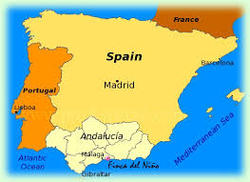 Sherry has been around for centuries and is considered one of the oldest wines in the world. Authentic sherry can only come from the southwest area of Spain, in Andalucía which is recognized by the DO (denomination de origin). There are three main towns here that form a triangle called the “Sherry Triangle”. It is from within this triangle of Jerez, El Puerto de Santa Maria and Sanlúcar de Barrameda that sherry is made. The grapes used for making sherry are Palomino, Muscatel and Pedro Ximenez. The soil, which is chalk and limestone based, the winds, humidity and seasonal changes in this area all contribute to giving sherry its unique characteristics. Sherry is known for its aromatic, salty and nutty profile and runs from dry to sweet, although the majority of sherry produced is dry. The color of sherry ranges from light straw to dark brown. The photo below was taken from a sherry seminar that I attended last year and represents a wide range of sherry colors. All sherry is aged for a minimum of three years and aged in old sherry casks using the Solera system. The Solera system is an aging process that uses new batches of sherry mixed with older ones in a tiered or pyramid structure. The bottom tier is the solera, the eldest sherry, which never entirely leave the system. The rows above contain the younger sherries (criadera). Once a portion of the wine is extracted from the solera, it is replaced with the same amount of wine from the first criadera and so on, creating a unique complexity and personality in the wine. Because sherry is a blend of different vintages it is impossible to give an exact age of a wine that has been aged in a solera. So it is possible that one could be drinking a sherry that might contain anywhere from 3 to 100 vintages! There are several types of sherry available. Here is a quick rundown on how they differ. Fino de Jerez is the youngest (usually 3-5 years old) and the driest of sherries. They age under a layer of flor (yeast). This layer of flor protects the wine from being oxidized and it also consumes all the sugar in the wine, creating a dry sherry. Fino only comes from Jerez and El Puerto de Santa Maria. Manzanilla is another dry sherry that is just like Fino, except that Manzanilla comes only from the coastal town of Sanlúcar. Both Fino and Manzanilla have more wine salinity than the other styles. They will complement fish and shellfish. Amontillado is an aged Fino or Manzanilla. Once the layer of flor fades the wine begins to oxidize and takes on a new character. It can be fortified up to 18%. The color is darker and it is less briny, but nuttier and richer on the palate. These wines pair well with white meat and game. Palo Cortado is an interesting sherry that begins as a Fino or Manzanilla but for no known reason it unexpectedly loses its layer of flor too soon. Once the flor dies, the wine takes on oxygen and requires further fortification. In other words, it does “its own thing”. This wine has richness but is crisp as well. Oloroso (‘scented’ in Spanish) intentionally never develops flor. Aging through oxidation of up to 40+ years produces a full-bodied, aromatic, dark and rich wine. Oloroso contains the most amount of alcohol in a sherry with levels of 18% to 20%. This is a great wine for hearty entrees, meats and stews. Pedro Ximenez (PX) is an intensely sweet wine and the sweetest of the sherries. The grapes are dried in the sun allowing the juices to concentrate prior to pressing. This is a rich wine that oozes raisins, nuts and fig. Cream Sherry is usually a blend of Oloroso, PX or Moscatel but can come in a variety of styles. This is a semi-sweet wine that is aromatic, dark in color with classic notes of nuts and caramel. Here are just a few of the sherries that I tasted the other day. When it comes to pairing sherry with food, there is a saying of which I have no idea of its origin: If it swims… drink with Fino or Manzanilla) If it flies… drink with Amontillado If it walks… drink with Oloroso Sherry is versatile and there is a style for everyone. Pair it with food, drink it as you would a favorite whiskey or explore mixing it in a cocktail. Sherry is making a strong comeback and I think it’s about time! Cheers! Penina To leave a comment or if you have an inquiry, please contact me at [email protected]
As you may have guessed from previous posts, I am a big fan of Argentine wines. I have sampled many wines from this country including Bodega Trivento wines located in Mendoza. Trivento wines have oodles of flavor and personality and their price to value ratio is a bonus. So I was quite happy when bottles of Trivento Reserve Cabernet Sauvignon and Reserve Cabernet Sauvignon-Malbec arrived. 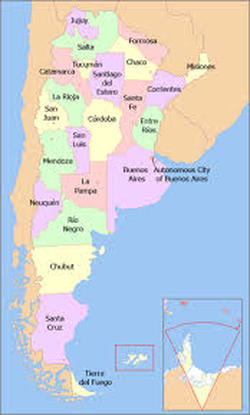 For those of you who may not have read my previous posts on Mendoza or Bodega Trivento, here is a quick recap. Mendoza is considered the “heart of wine growing” in Argentina, with over 70% of all Argentine wine produced here. Of that amount, 85% of it is Malbec. Bodega Trivento is located in Mendoza, Argentina against the backdrop of the Andes. In the mid-1990s Concha y Toro, Chile’s leading wine producer, purchased this collection of eight vineyards spreading across the Maipu, Tupungato, Uco Valley, Luján de Cuyo, San Martin and Rivadavia districts, making it one of the largest wine estates in Mendoza with 3,185 acres. The name Trivento means “three winds”, referring to the Polar, Zonda and Sudestada winds that blow across the sun-drenched and arid land of Mendoza. These winds are an integral part in the growth and unique character of the grapes. The frigid Polar winds of winter forces the sap deep into the vines. Next, the Zonda winds hurtle down from the Andes out of the West, awakening dormant sap to generate new spring growth. And finally, in the summer months, the Sudestada winds drawing from the East provides a cool breeze from the scorching sun, giving the grapes relief and aid in ripening. Trivento’s high-altitude and huge swings in day and night temperatures help influence and enhance the wines’ aromatic quality. In addition, rainfall averages only 8 inches a year. However, Mother Nature lends a hand by irrigating the vineyards with the spring snowmelt that cascades from the mountains nearby. All eight vineyards of Trivento are equipped with state of the art technology, drip irrigation systems and a dedicated team of winemakers and technicians. The Trivento Reserve Collection wines are made by Maximiliano Ortiz, a native of Mendoza, who apprenticed with internationally renowned Italian consulting enologist, Alberto Antonini, who still consults for Trivento. The grapes for the Reserve line are harvested by hand and aged for about six months in French oak barrels, followed by six months in bottle. The Trivento Reserve Cabernet Sauvignon 2016 is 100% Cabernet Sauvignon harvested from the Uco Valley and Luján de Cuyo districts. The color is dark ruby with aromas of red berries, pepper and sage. The palate presented bitterness at first, which immediately segued into layers of cherry, tobacco, spices and a hint of cocoa with a pleasing finish. This is a full-bodied wine with medium tannins. Alcohol: 13.3% SRP: $11 The Trivento Cabernet Sauvignon-Malbec 2016 is 50% Cabernet Sauvignon and 50% Malbec. Grapes are harvested from the Uco Valley and Luján de Cuyo districts. The color is deep garnet with aromas of fresh cherry, plum spice and pepper. The palate offers fresh red and black berries, chocolate, spices and a hint of herbs with soft tannins and a lingering finish. Alcohol: 13.30% SRP: $11 With the rain coming down and the winds howling outside, I can’t think of a better time spent, than sipping wines from Argentina!  Cheers! Penina To leave a comment or if you have an inquiry, please contact me at [email protected]
A few days ago I was invited to attend a Holiday Booze Bazaar featuring a collection of classic and vintage artisanal spirits presented by Domaine Select Wine & Spirits. As bartenders poured exotic cocktails, I walked around the room tasting some noteworthy “booze”. One of the eye openers for me was Mizu Shochu, handcrafted and single distilled by the Munemasa Shuzo Co. of Arita, Japan. I tasted both the traditional Japanese shochu made from two-rowed barley and black koji rice and the shochu made from rice and lemongrass. They are both single distilled and 70 proof. Although one might think they are tasting a form of sake when drinking shochu, there are significant differences between the two. Shochu is distilled whereas sake is fermented. Sake is made exclusively from rice and shochu can be made with barley, sweet potato, rice and many other ingredients. It is also interesting to note that shochu is the national spirit of Japan and outsells sake! The traditional Mizu Shochu is made with 67% barley and 33% black koji rice. Aromas of sweet cut grass, floral and melon segue onto the palate with a smooth texture of grains, vanilla and a hint of pepper. Lemongrass Shochu is made with 95% rice and white koji and 5% fresh organic lemongrass. The nose offers hints of lemon and floral. The taste is silky with citrus, herbs and a hint of vanilla. SRP $35-$40 Shochu is a great alternative to vodka and just as versatile. Drink it with one ice cube as recommended or be creative and mix it in a cocktail. I’m definitely adding Mizu Shochu to my bar inventory! Another great discovery was Don Papa Rum. Oh my! This is a premium-aged rum from Negros, Philippines. The best quality sugarcane is used, called noble cane. The juices are extracted in the old Negros sugar mills and then concentrated into molasses. The molasses is distilled and then the distillate is aged for a minimum of seven years. After that, the master blender creates his magic. This rum is very smooth and rich, with a soft amber color. Heady aromas of oranges, apricots and vanilla give way to coconut, marmalade, vanilla and caramel on the palate. This rum should be enjoyed “neat” and not wasted in a mixed drink. 80 proof Alcohol: 40% SRP: $38 I have included a close-up photo of the label. It is quite whimsical. Can you find all the hidden animals? It was a fun and educational event for me. I always love tasting new wines and spirits! Here is a slideshow of a few more noteworthy discoveries. Until next time!
Cheers! Penina To leave a comment or if you have an inquiry, please contact me at [email protected] There is so much for me to write about with regard to recent press trips, wine tastings and food. However, my notes are piling up on the table. For the last few days it has been difficult for me to put pen to paper or as in this case, fingers to keyboard. The latest horrific news of all the destruction and loss caused by the wildfires in northern CA has my head spinning. I’m still reeling in disbelief from the damage done by Hurricane Harvey in Texas and the wrath of Hurricane Irma in Puerto Rico and several other islands in the Caribbean. And oh yes, let’s not forget the earthquake in Mexico that has left thousands homeless and the surreal events and loss of life in the Las Vegas shooting. In the last few weeks I have read many stories of survival, acts of selflessness and heroism, and people banding together to give emotional support and trying to help those who have lost loved ones, homes and everything they own. Courage is defined as “having the mental or moral strength to venture, persevere and withstand danger, fear or difficulty”. Courage is “having strength in the face of pain or grief”. Many of us will never know the true meaning of courage, but some of us have already experienced it. I have put together a sobering slideshow of the recent events caused by Mother Nature and one lone lunatic. Photos can be more powerful than words at times. If you haven’t already done so, please consider donating your time, a care box or money to one of the many organizations that are trying to help these “courageous” people through a very dark time. I have listed a few legitimate websites below that would be grateful for any contribution. American Red Cross AmeriCares The Salvation Army http://unidosporpuertorico.com/en http://napavalleycf.org/fire-donation-page/ http://www.sonomacf.org http://www.communityfound.org/for-donors/donate-today/community-funds/disaster-fund-for-mendocino-county/ Have a peaceful Sunday. Cheers! Penina To leave a comment or if you have an inquiry, please contact me at [email protected]
There are many historical gems that exist all over Manhattan. After living there for so many years, I’m still awestruck when I learn about or stumble across another piece of history. And to my delight, I’ve added another hidden treasure to my list of historical buildings. Last week I was invited to attend the Bruno Paillard Champagne master class in New York. The event took place in Harriet and Bill Lembecks’ Rose Hill Historic House, located on 29th Street and 3rd Avenue. It is an 18th century farmhouse that is steeped in history. The house is on the National Register of Historic Places. After purchasing the property, the Lembecks’ converted the downstairs into a wine education center. Entering through a side gate, I walked through a “secret garden” to where the event was being held. The room was charming and beautifully furnished with a brick fireplace, fabric walls and a copper & patina finish on the tables. It was the perfect setting for Bruno Paillard to lead the master class and introduce us to his wines. See slideshow below. Champagne Bruno Paillard is located in the heart of the Champagne region. It is an independent family run house that Bruno Paillard, at the age of 27, founded in 1981. Bruno comes from a long line of Champagne vine growers and grape brokers in the two Grands Crus villages of Bouzy and Verzenay dating back to 1704. Bruno’s great grandfather was a vineyard manager and Bruno’s father Rémy had a small parcel of vines in addition to owning a grape-broking company. With a sense of purpose and having spent six years of grape-broking, it seemed only natural for Bruno to want to start his own Maison. His focus is single vintage and small production. His daughter, Alice Paillard joined her father in 2007 as co-manager. She says about her father, “Bruno Paillard is part of his Champagnes’ DNA”. Maison Bruno Paillard is a small Champagne house with 79 acres. In 1994 Bruno purchased his first vineyard (7.5 acres). They buy only the best grapes from the Grand Cru plots which are on the greatest chalky subsoil of Champagne. Bruno says, “Where the grapes come from is more important than the composition.” In addition to the terroir and rigorous grape selection, Bruno uses only the highest quality first press juice, which allows for more aging potential acidity and chalky minerality. The addition of sugar (dosage) is minimal to “let the freshness shine through” and the ageing is two to four times longer than the legal minimum in Champagne. In 1983, Bruno Paillard became the first Champagne producer to print the disgorgement date on the label of every single bottle produced. Disgorgement is a critical step in making Champagne and other sparkling wines. After the second fermentation in the bottle, sediment forms and must be coaxed to the neck of the bottle, called remuage. The bottles are turned in such a way as to allow the sediment to move towards the neck of the bottle over a period of 8 days to 5 weeks. Once the remuage is complete, the neck of the bottle is frozen, the cork is pulled and the sediment which is now ice, is expelled. The bottles are then recorked and returned to the cellar to “rest and recuperate”. The Première Cuvée and the Rosé Première Cuvée rest for a minimum of 5 months, the Blanc de Blancs Grand Cru rests for 8 months, the wine vintages rest for 8 to 12 months, and up to 18 months for the Nec Plus Ultra. “During the convalescence, the wine will recover a balance between freshness and softness of the dosage, to make a perfect marriage.” For a more comprehensive and fascinating description of the whole process, please read: http://www.champagnebrunopaillard.com/en/disgordement-the-wines-lives-after-disgordement/ We tasted a beautiful and diverse selection of wines. Champagne (Extra Brut) Première Cuvée, MV the “flagship” of the house. Fine bubbles, ripe citrus fruit, dry with a clean finish SRP $50 Champagne (Extra Brut) Rosé Première Cuvée MV Copper/salmon color with fine bubbles, lively, red fruit, dry, minerality and depth. SRP $70 Champagne Blanc de Blancs 2002 Fine bubbles, love the dryness perfectly balanced with fruit, salty, floral notes Elegant! SRP (Magnum) $120 Champagne Assemblage 2002 Miniscule bubbles, playful with notes of citrus, stone fruit, salt, chalk and oak SRP $90 Champagne N.P.U. “Nec Plus Ultra” 2002 A delicate wine with fine bubbles and golden appearance. There are layers upon layers of fruit, spice and herbs to discover. Beautifully balanced. Creamy texture with a long finish. It is interesting to note that only 17 villages out of 320 in Champagne are entitled to the appellation “Grand Cru”. Nec Plus Ultra comes exclusively from six of the Grand Cru appellations. This wine spends 13 years in the cellar prior to disgorgement and then another 2 years to rest, making this a very unique Champagne.. SPR $275 All of the above Champagnes will drink beautifully as aperitifs or complement cheese, fruit, white meats, fish and poultry. Bruno Paillard Champagne is elegant, but one doesn’t have to wait for a special occasion to pop one of these corks.
A lot of love, thought and labor has gone into producing these wines. To quote Bruno “Champagne is my passion. It is my life. I was born here and I will be buried here.”  Halloween is a holiday that is enjoyed and celebrated by both young and old. It’s a fun holiday that gives the grownups an excuse to exercise their creative talents, whether it’s carving a pumpkin, dressing up in costume, planning spooky party themes or cooking up imaginative recipes. There are many Halloween cocktail recipes to choose from such as Poison Apple Cocktail, Black Devil Martini and Zombie Slime Shooters! However, if you’re more inclined to drink wine on Halloween, then you might want to pick up a bottle of Casillero del Diablo Reserva Cabernet Sauvignon 2016, a limited edition Halloween gift pack that comes from “The Devil’s Cellar” in Chile. Around this time last year, I reviewed the 2015 vintage and told the story behind Concha y Toro’s flagship brand, Casillero del Diablo Devil’s collection. It is a story worth telling again and so fitting for this time of year! Don Melchor Concha y Tora founded the vineyard in 1883. Legend has it that more than 130 years ago a ship set sail from Bordeaux carrying a cargo of precious vines. The ship landed in Chile where the grapes were turned into a mysterious wine. The wines were locked up for safekeeping but continually disappeared from the cellar. So in order to stop the theft of the wine, a rumor was spread that the devil lived in the cellar. Everyone became terrified and some people claimed to have seen the devil. No one was ever able to solve the mystery and Don Melchor Concha y Toro continued to enjoy his wines. To this day, it is known as the “devils cellar”. Casillero del Diablo means “devils locker” in Spanish. The cellar is located in Pirque, close to Santiago. The “devil” logo is on every bottle. The 2016 vintage comes from the Central Valley region and is 100% Cabernet Sauvignon. The color is dark red with beautiful aromas of blackberry, fennel, cherry and a hint of sweet spice. The palate offers dark cherries and berries subtly layered with spices and white chocolate. The finish is long and impressive! This is a medium-bodied wine with silky tannins that will pair well with stews, hearty soups, meats, bold cheeses and spicy dishes. Alcohol: 13.5% SRP: $12 http://www.conchaytoro.com http://www.casillerodeldiablo.com And now it’s time for me to start planning my costume for this year. I think this witch’s hat has seen its day. It is time for something new!
|
Categories
All
|


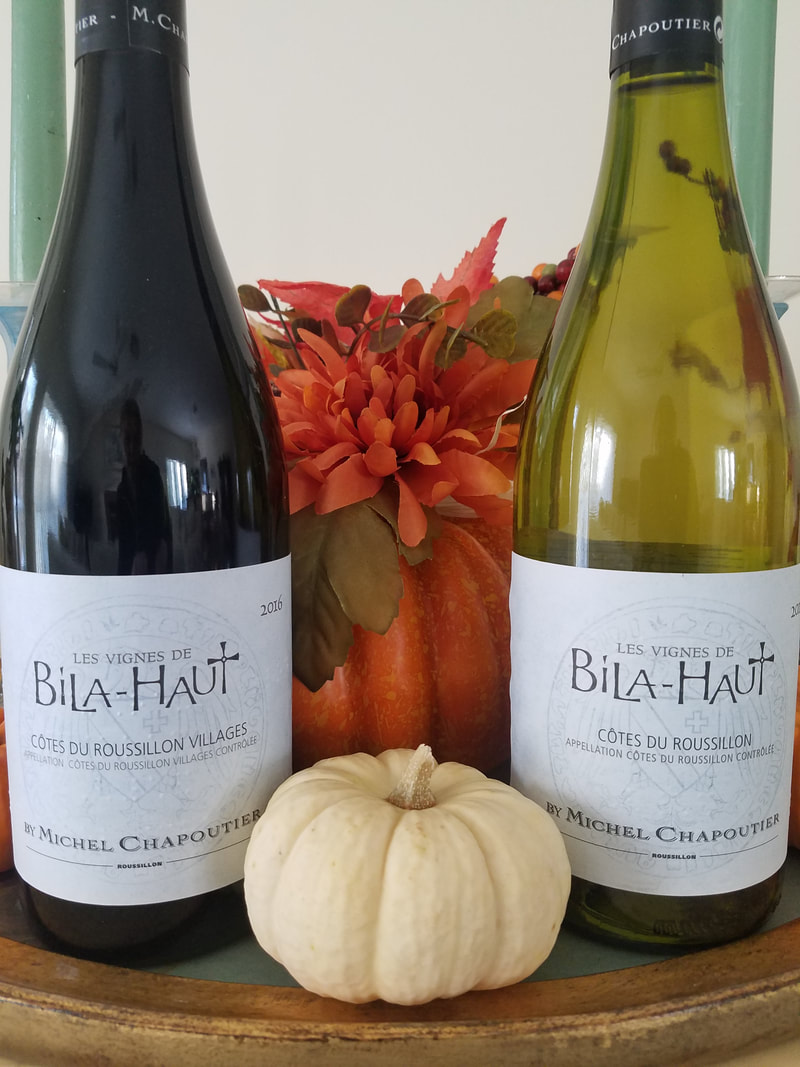
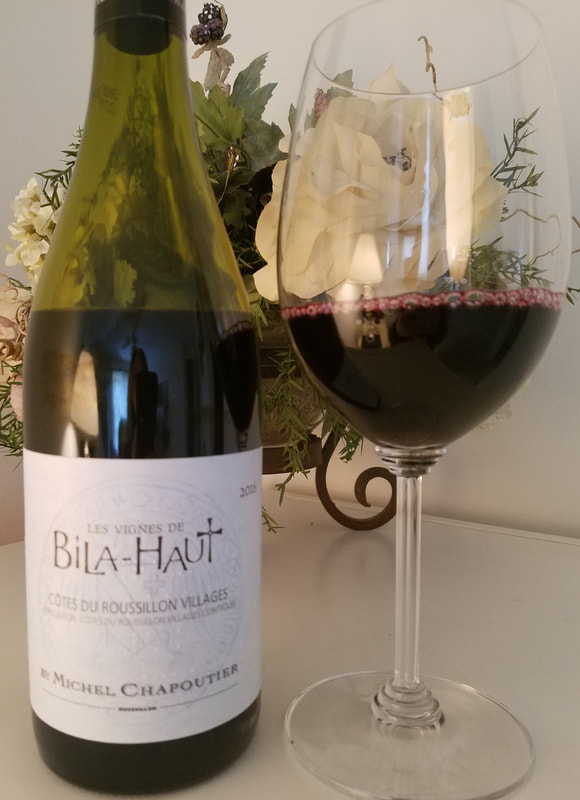
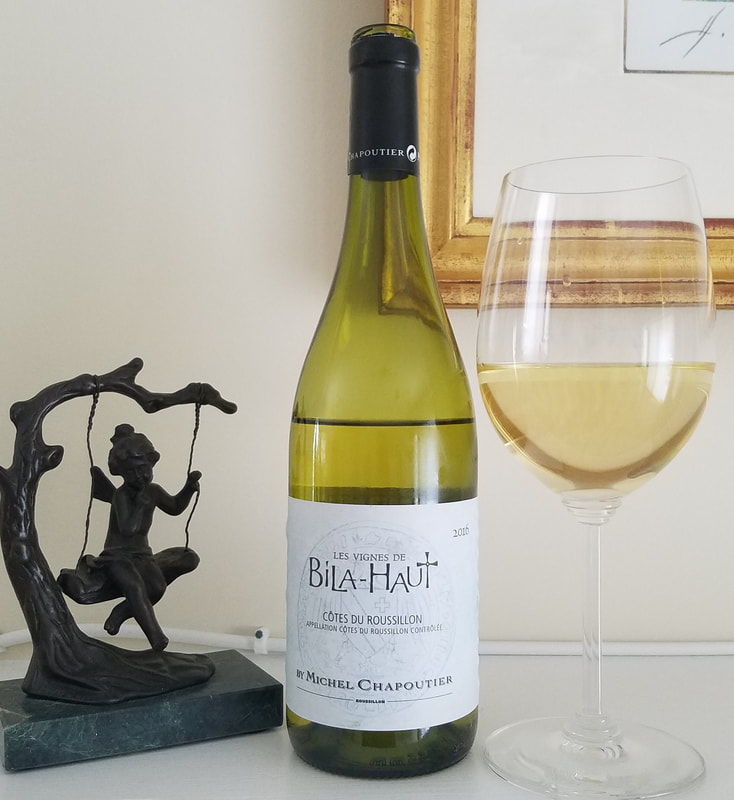
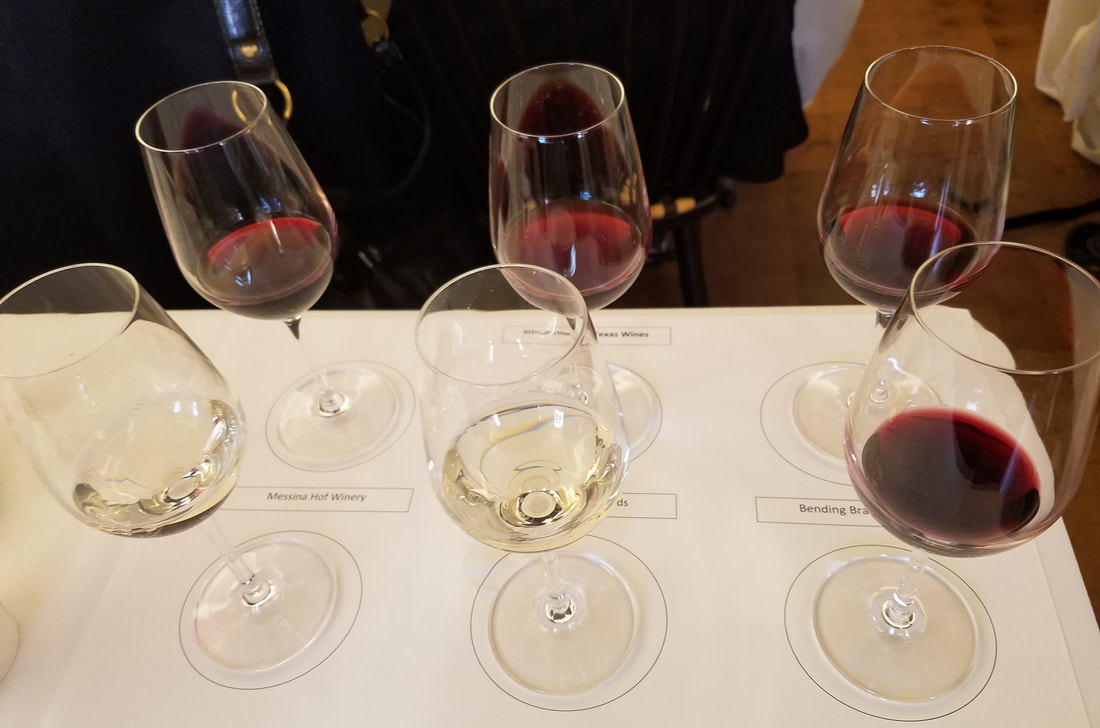

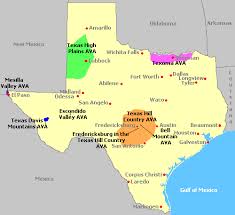
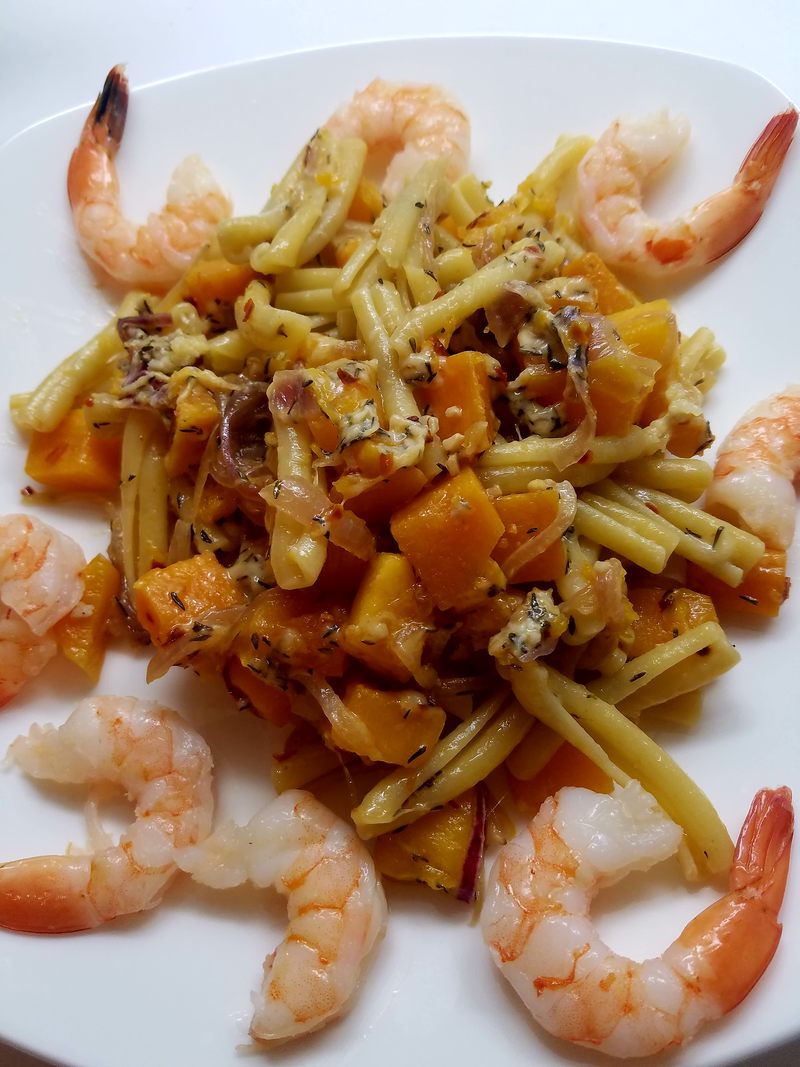
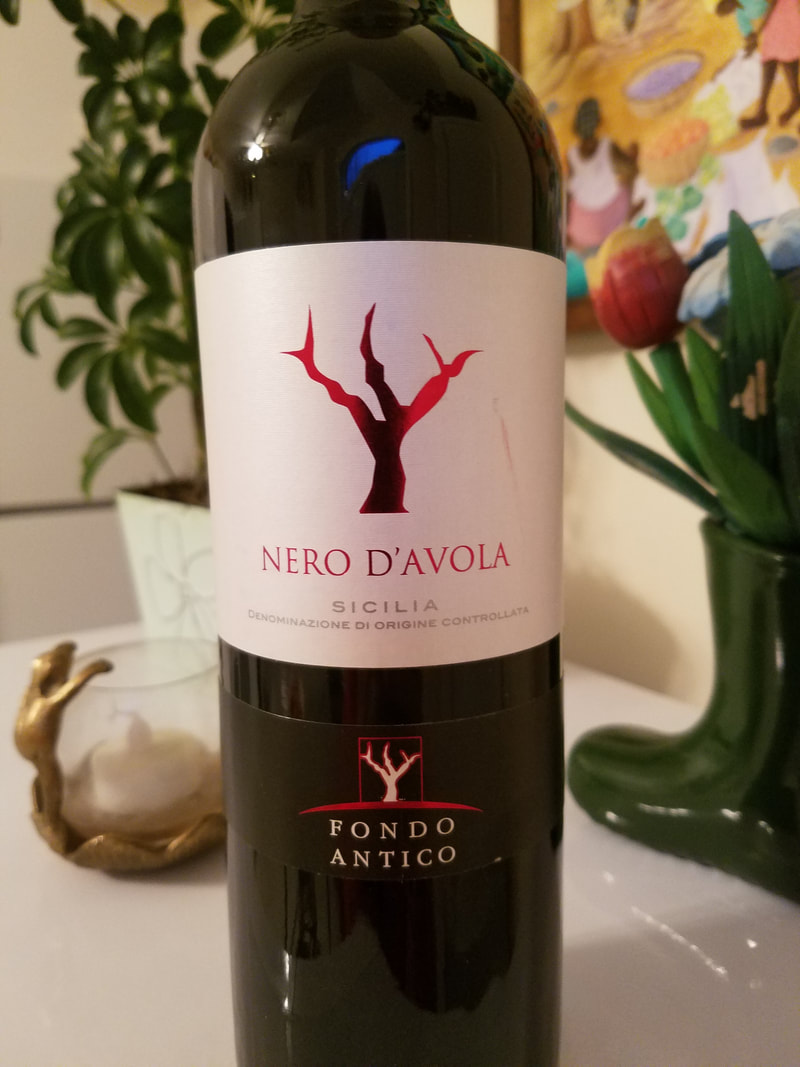
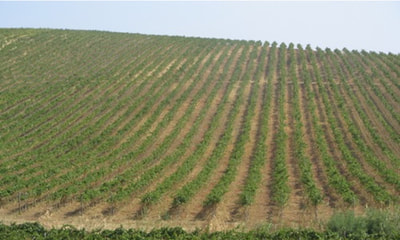
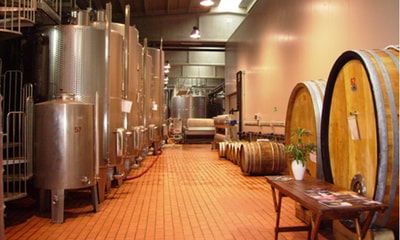
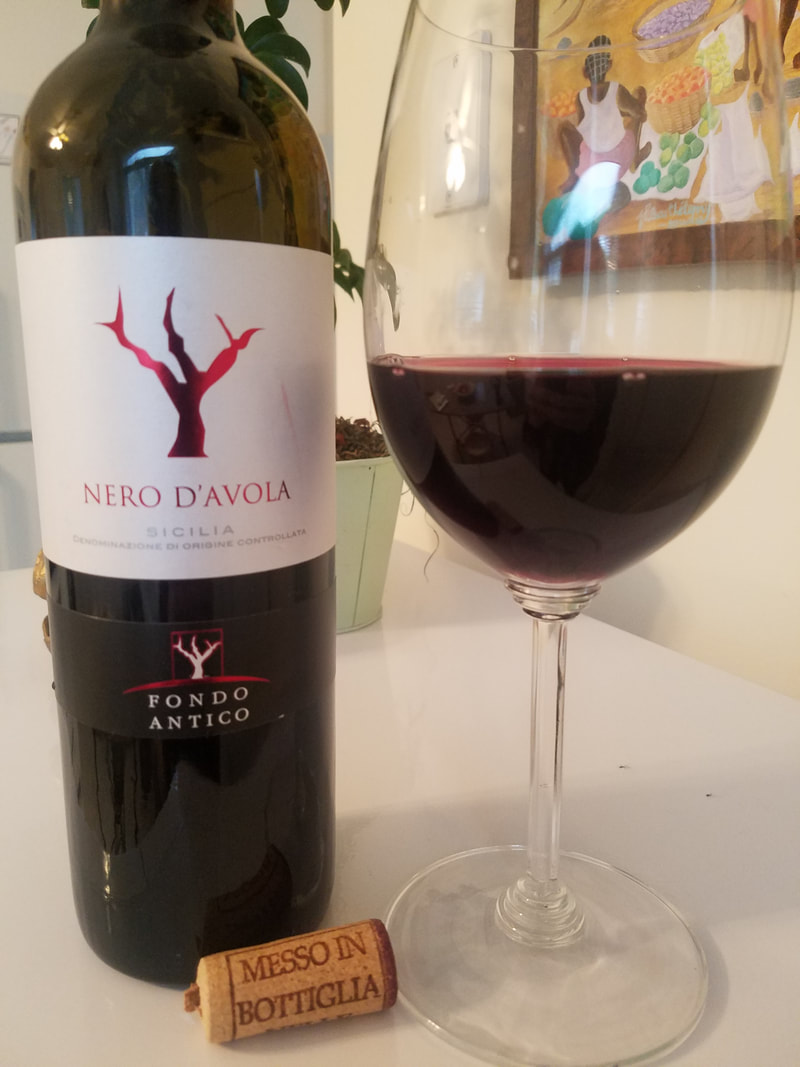

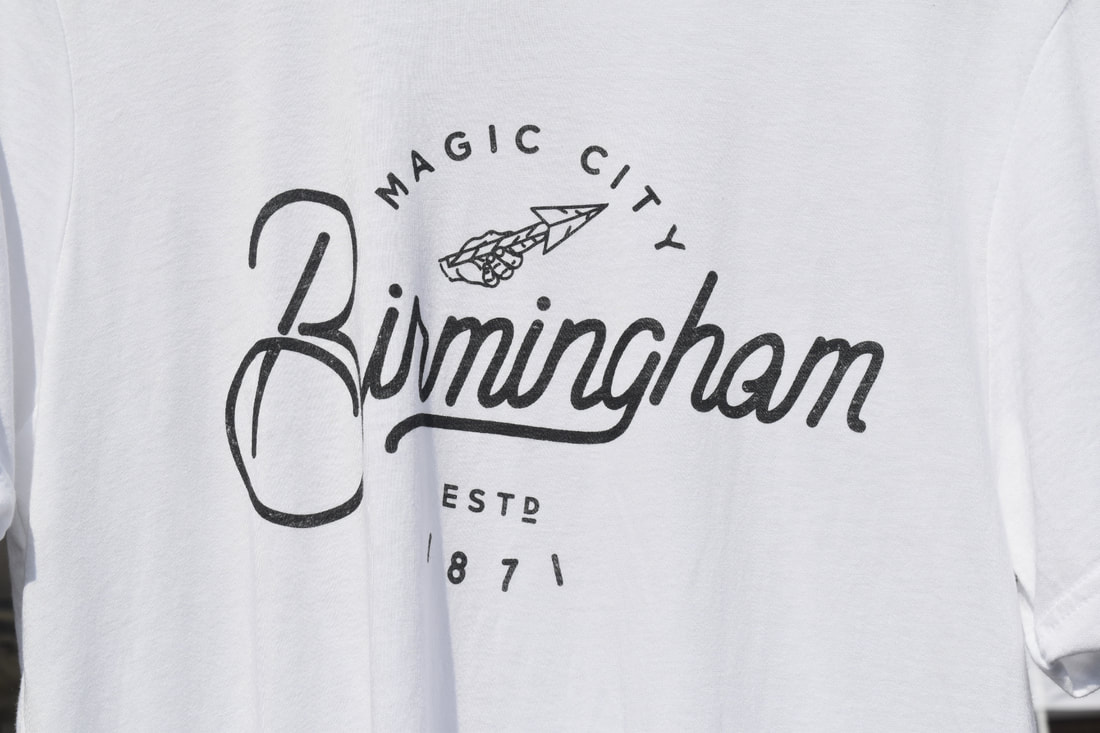
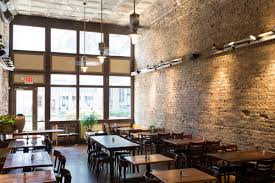
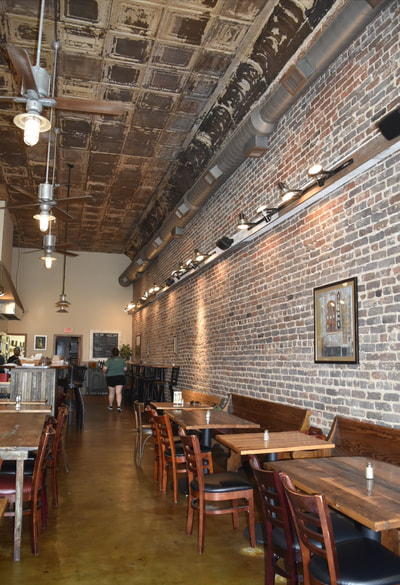
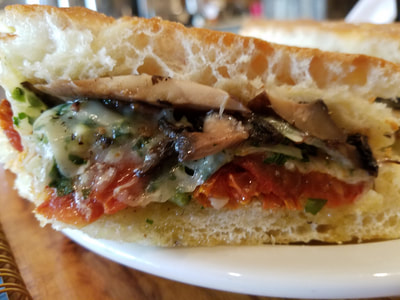
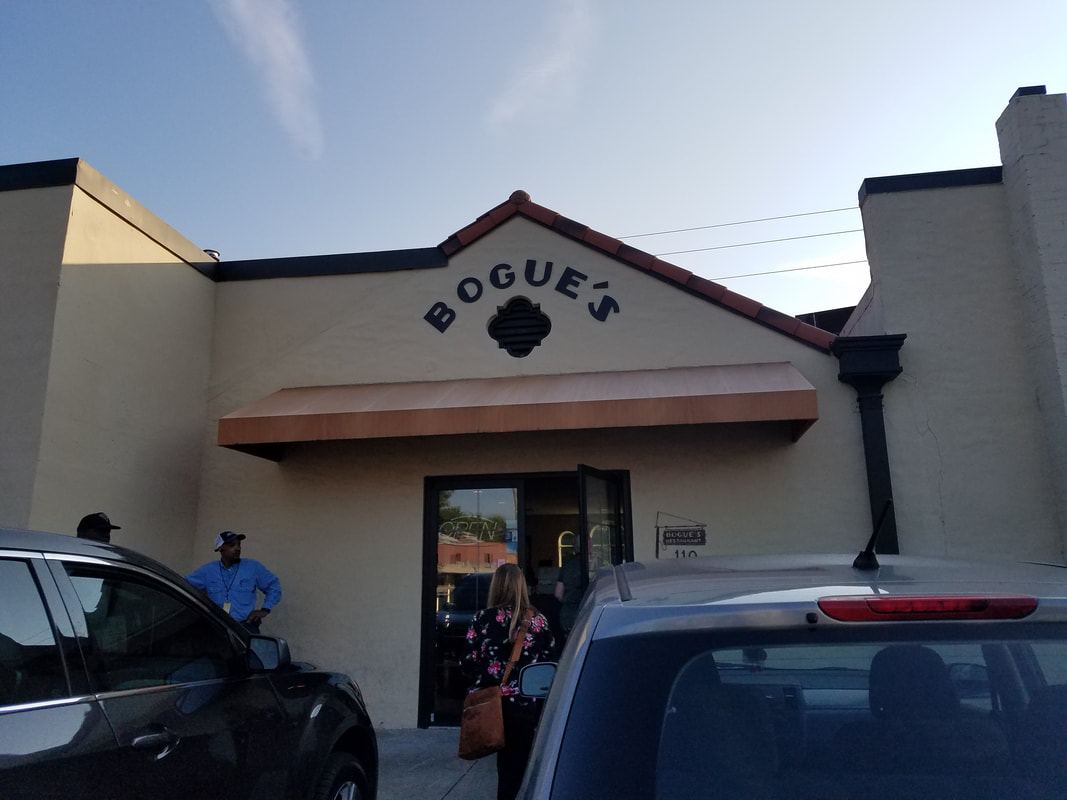
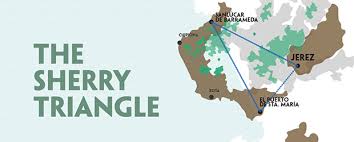
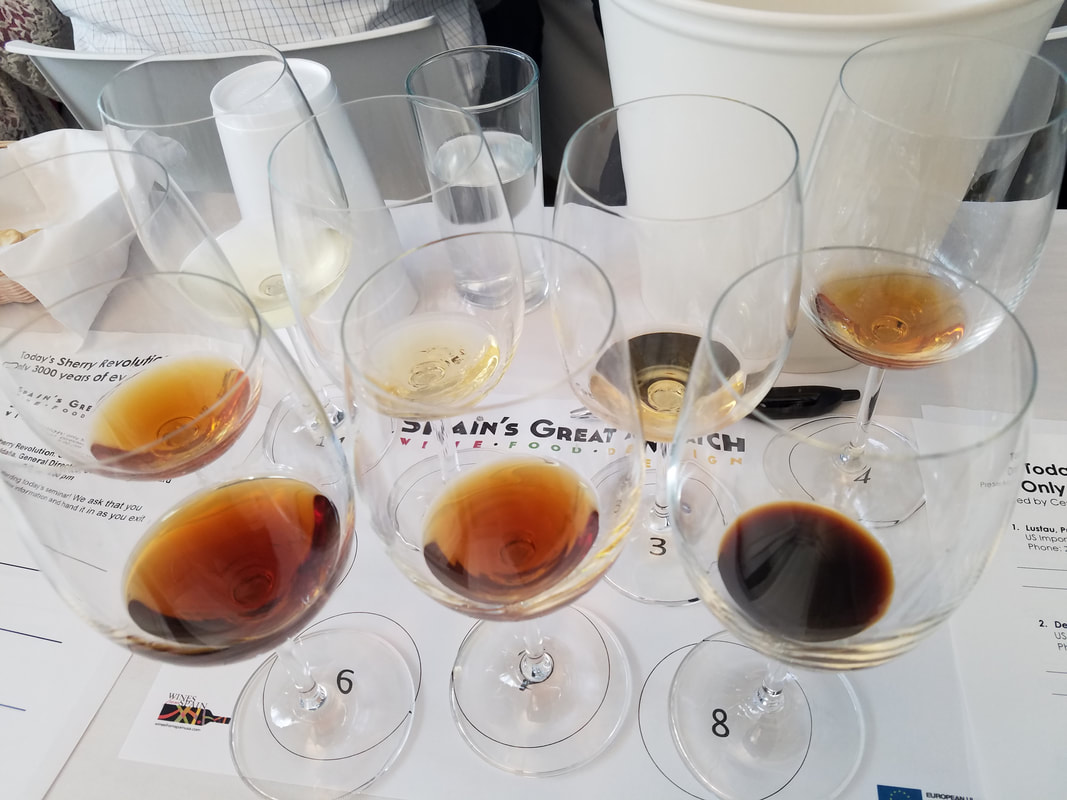
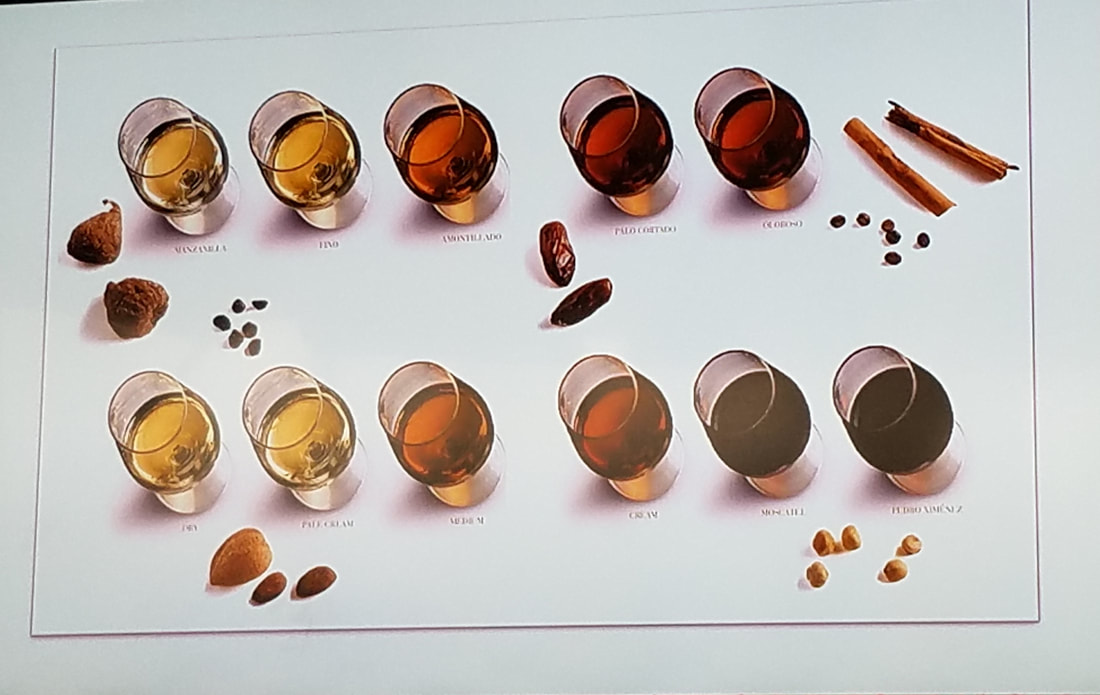
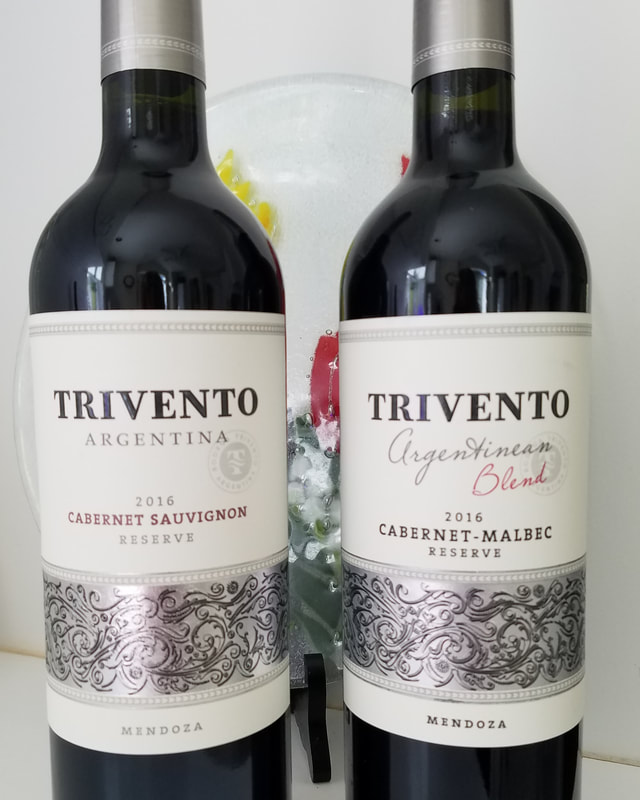
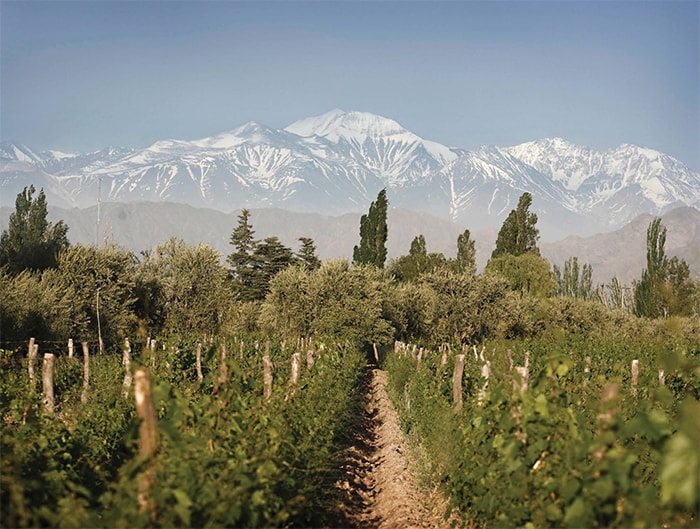
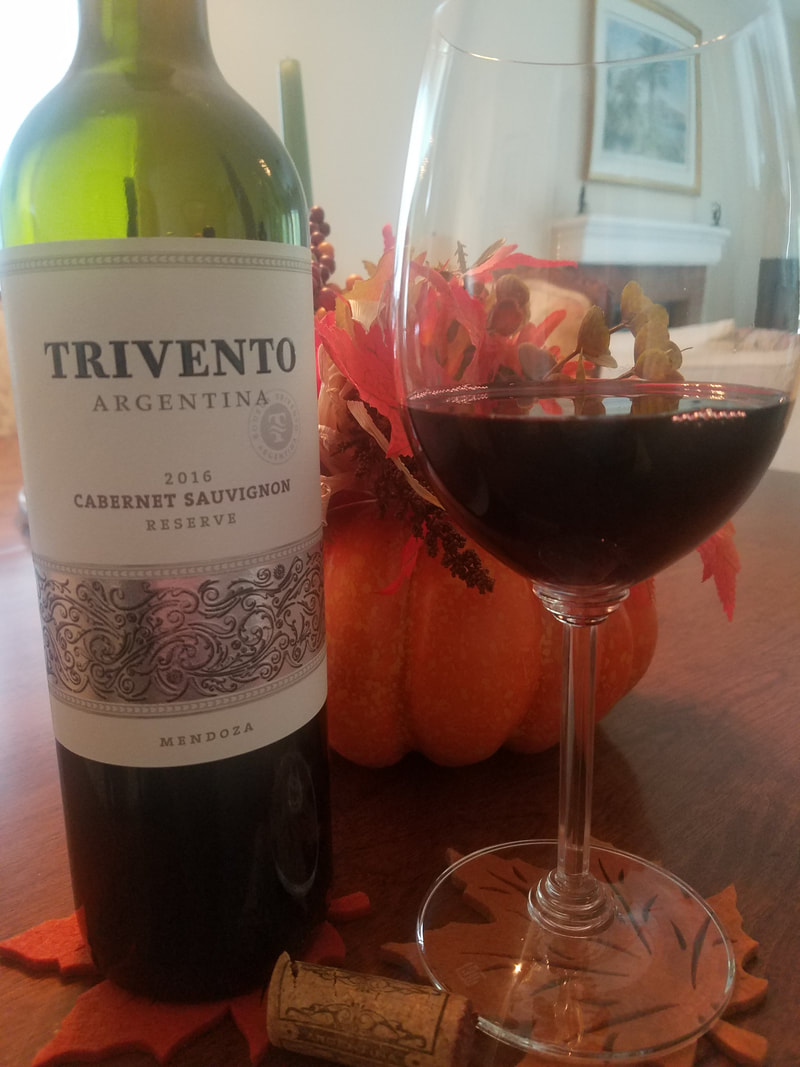
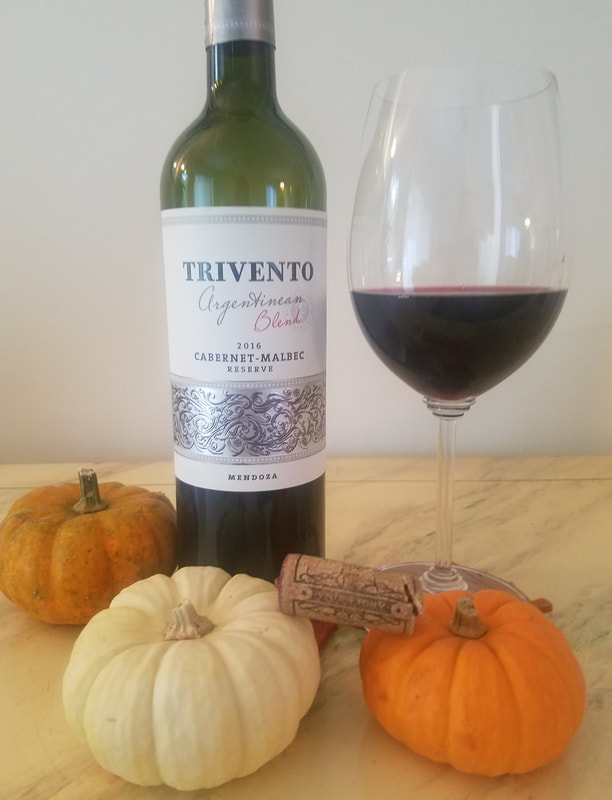
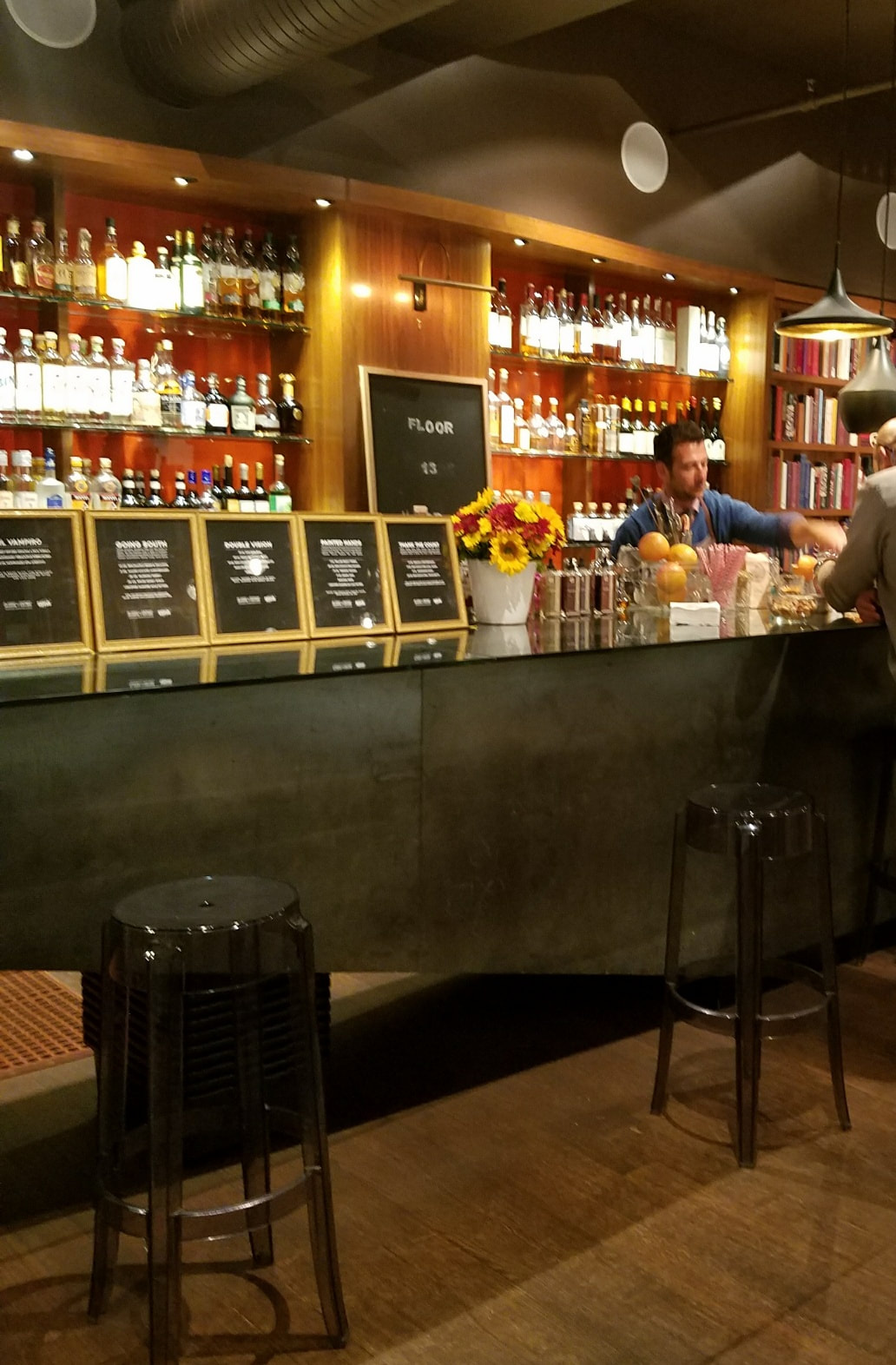
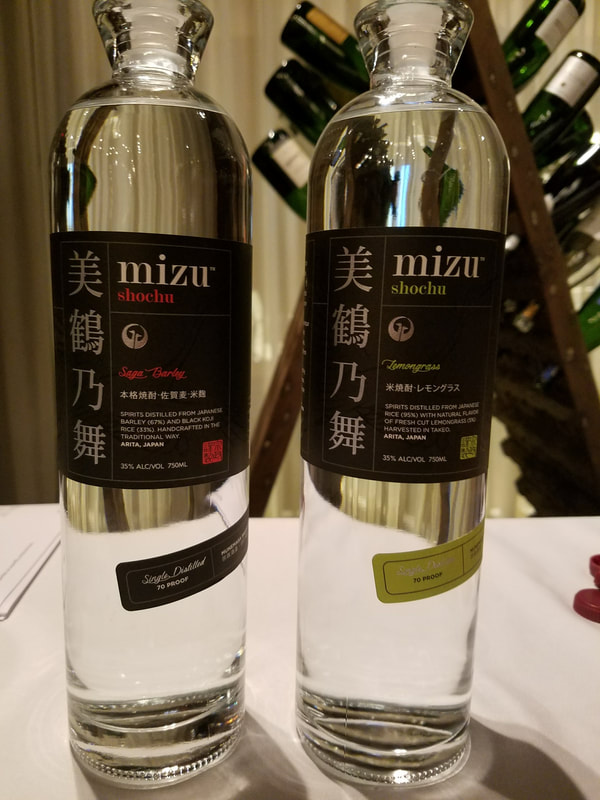
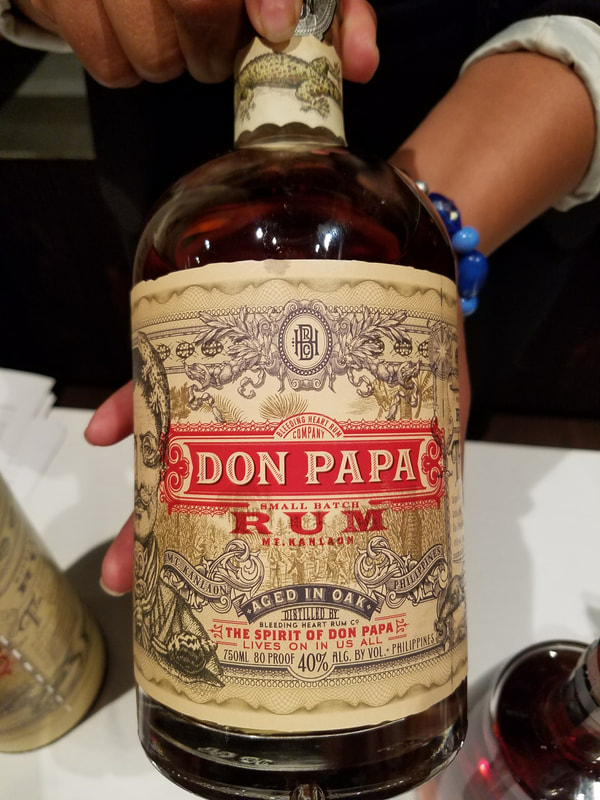
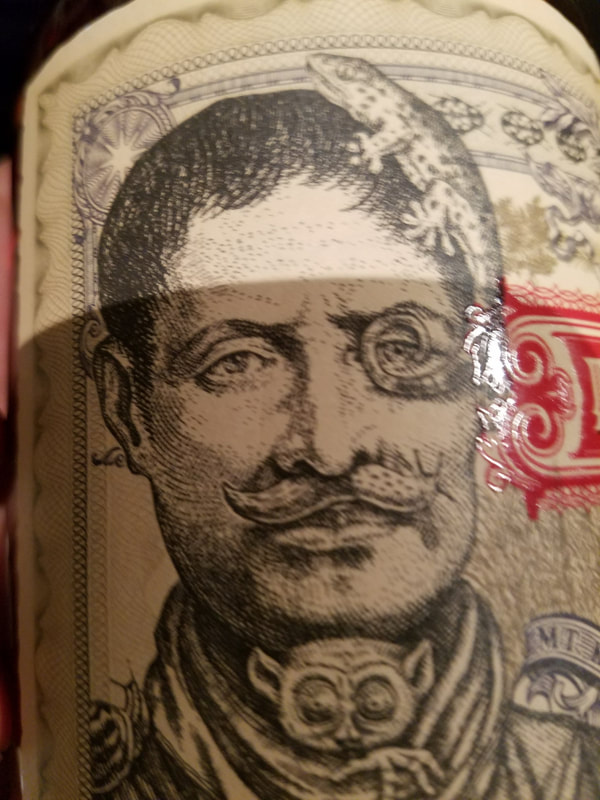
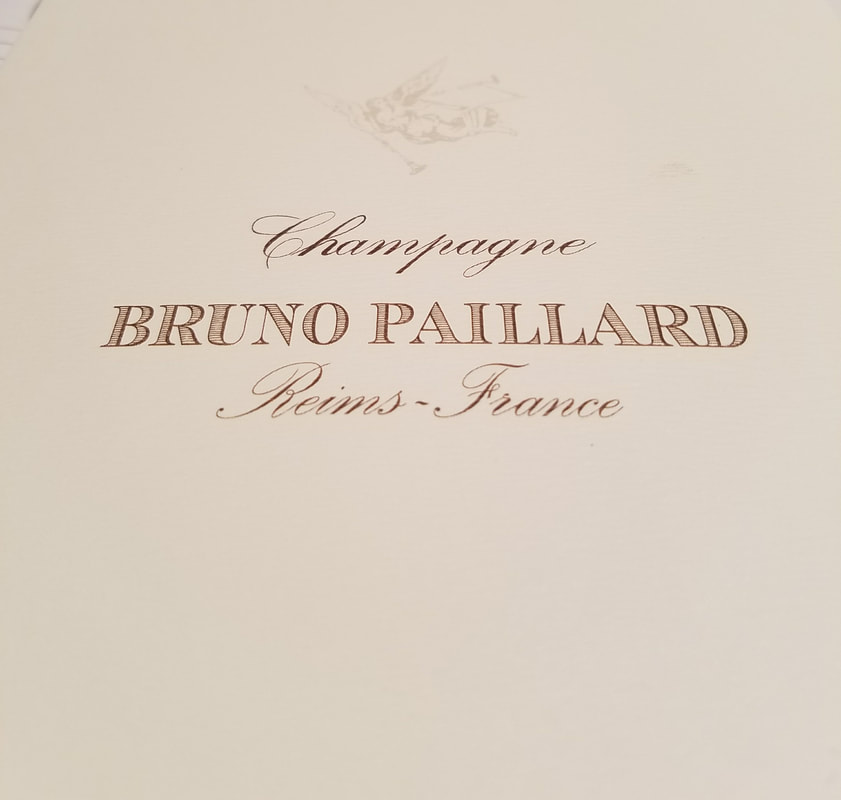
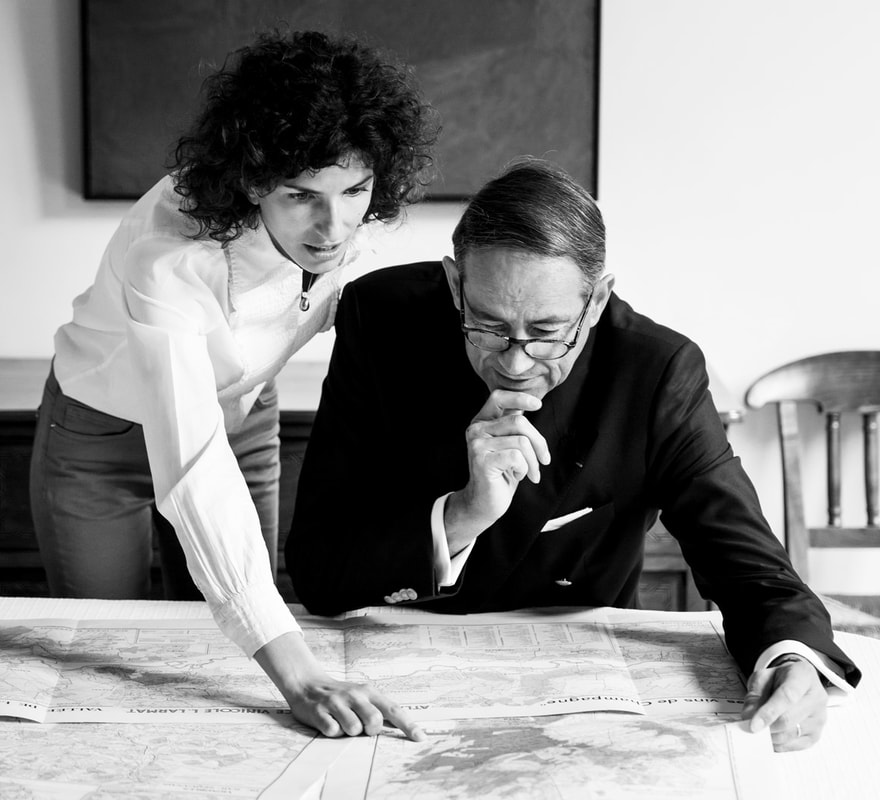
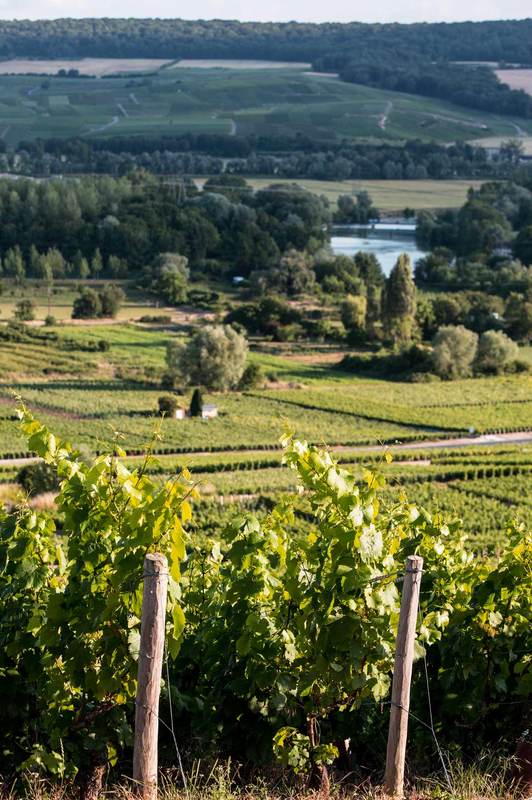
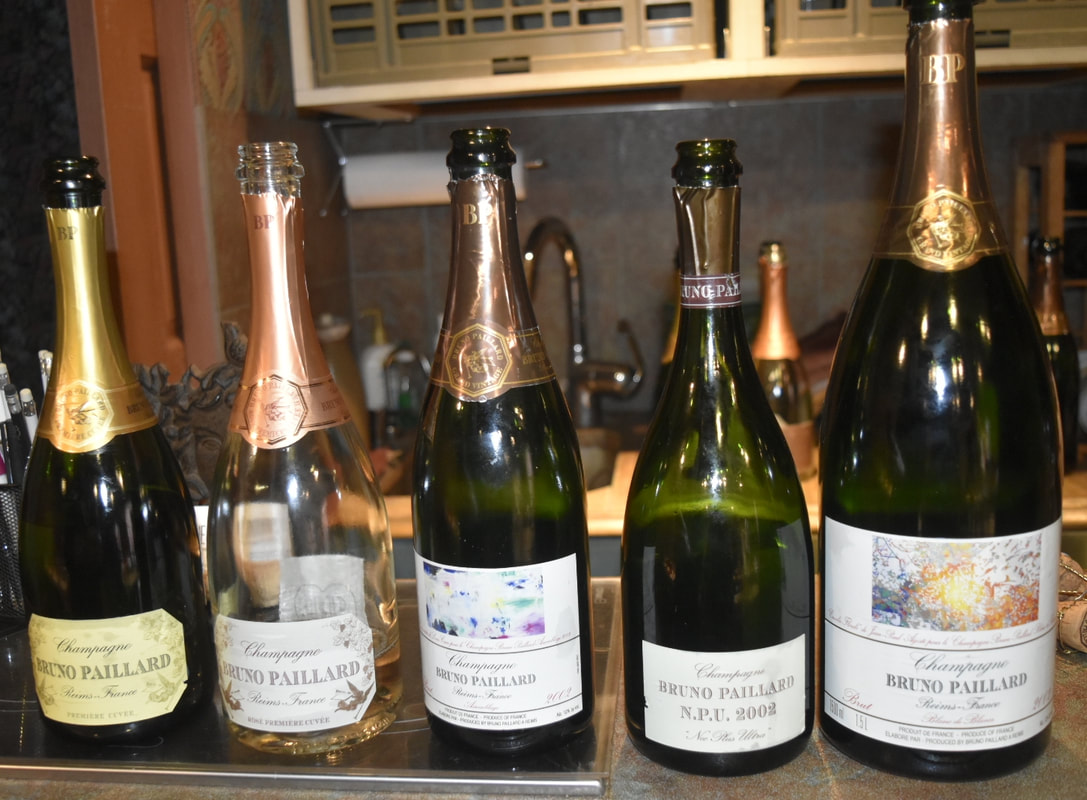
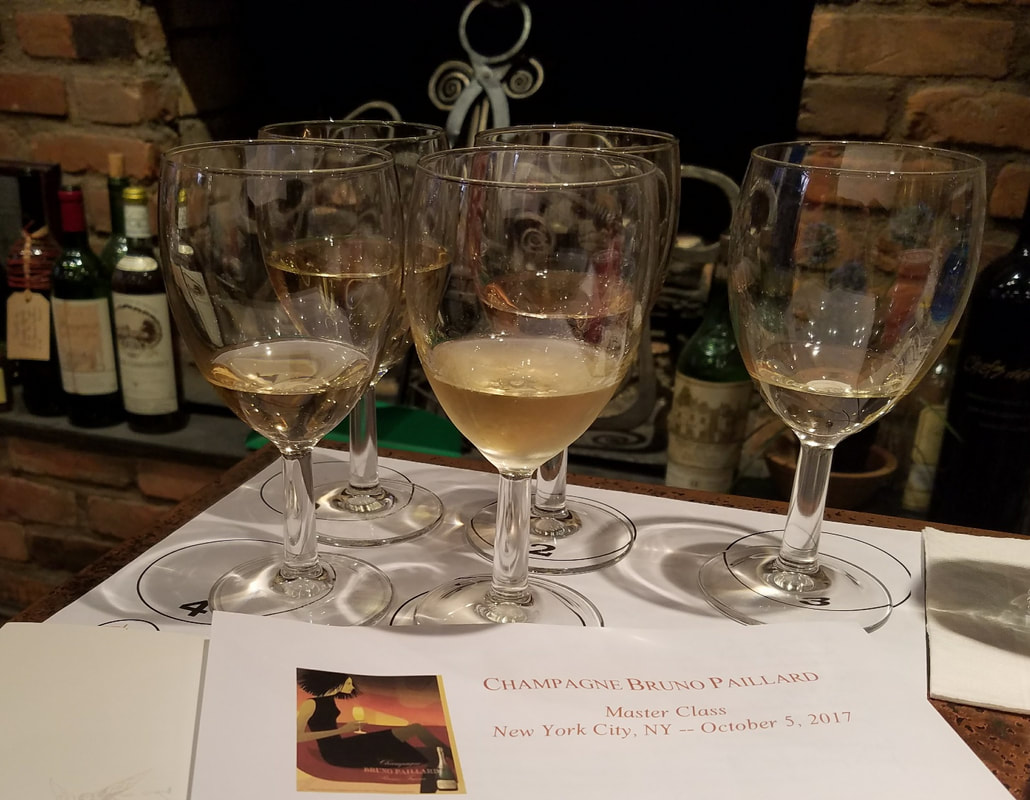
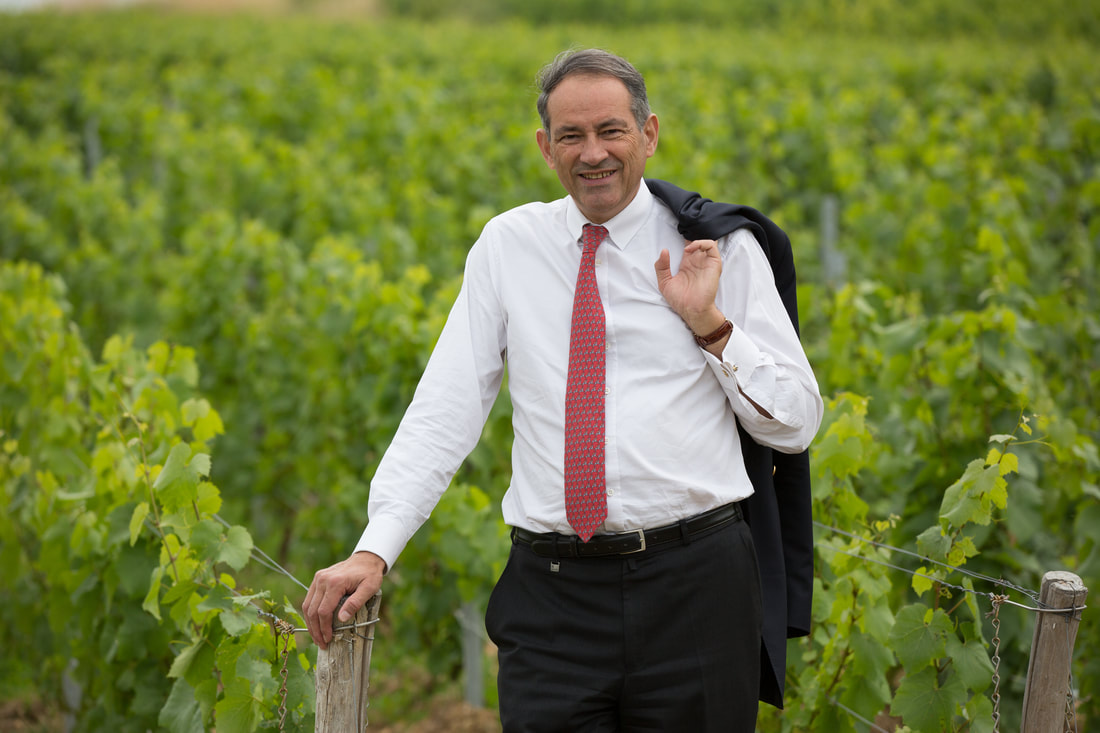
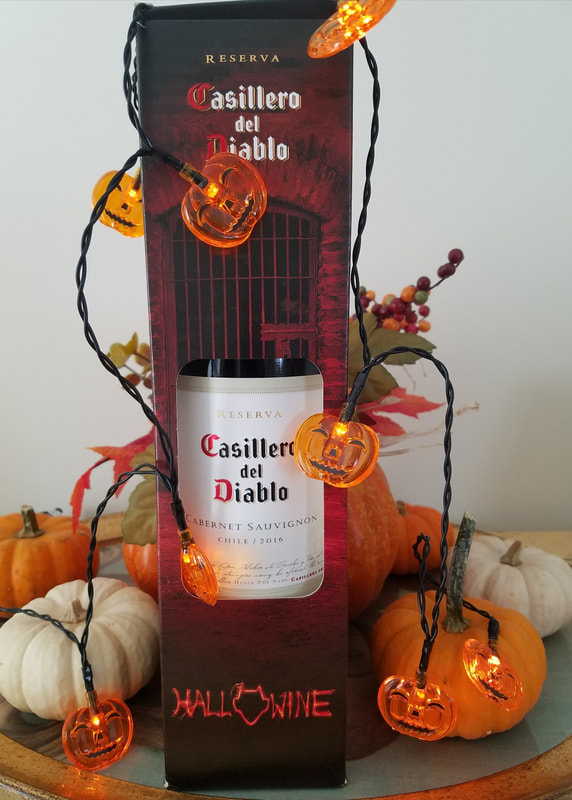
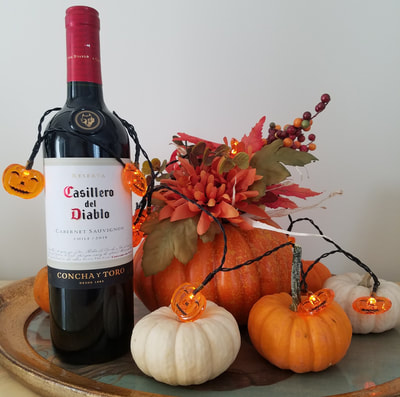
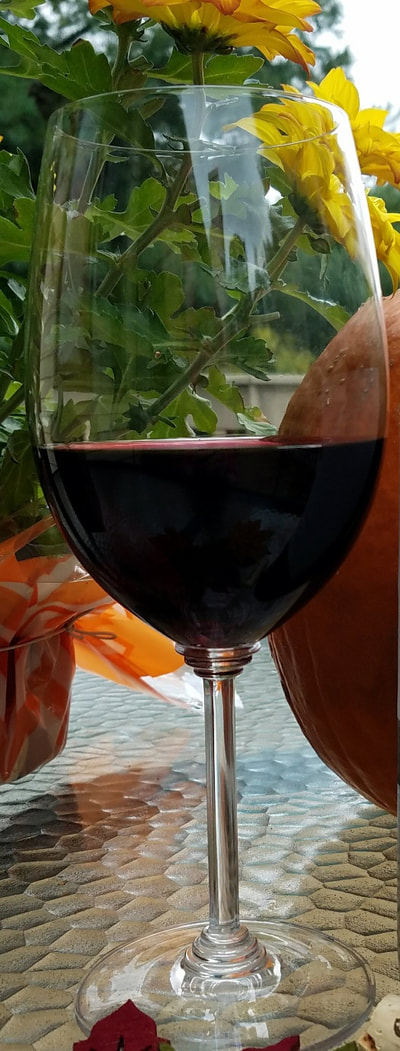

 RSS Feed
RSS Feed